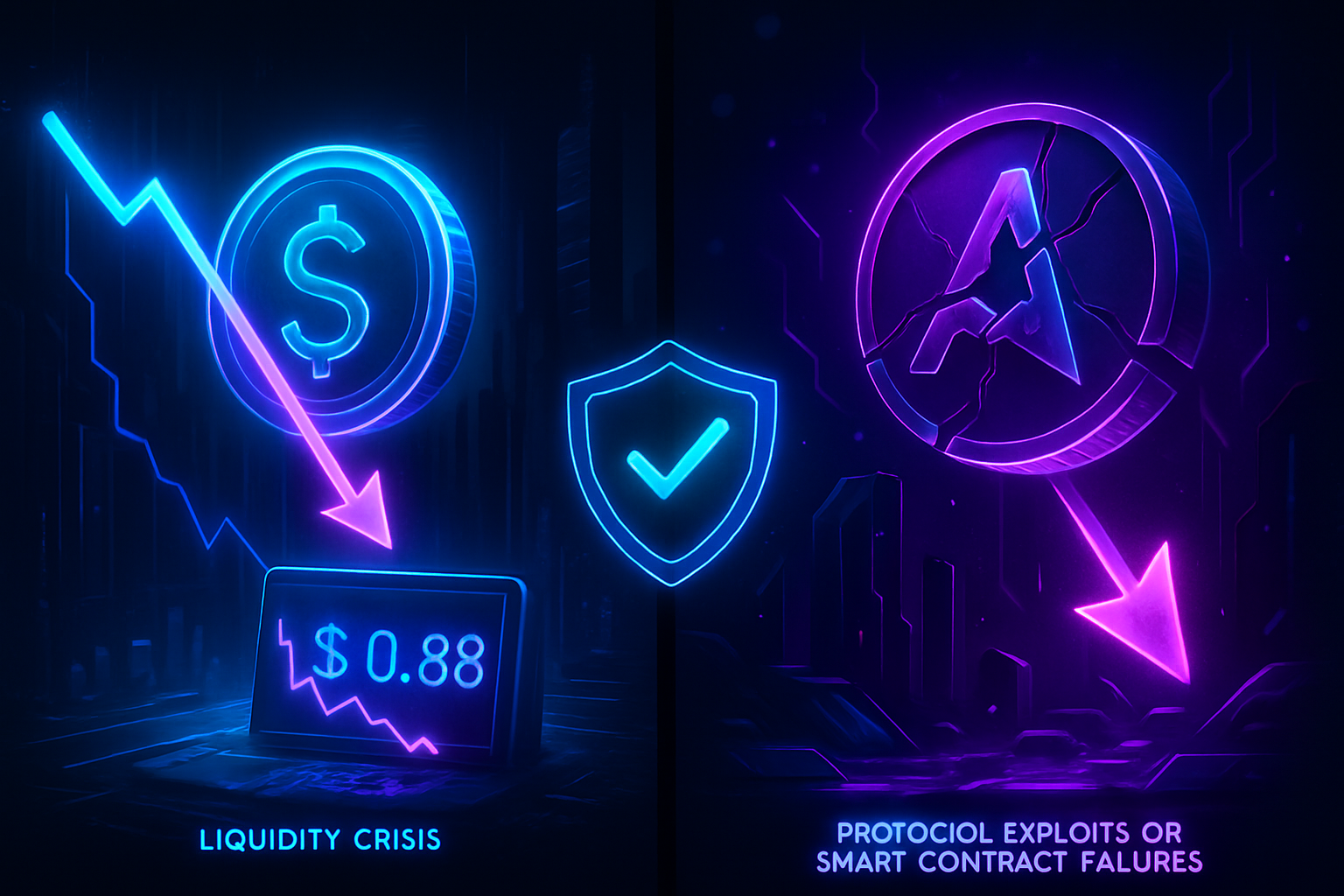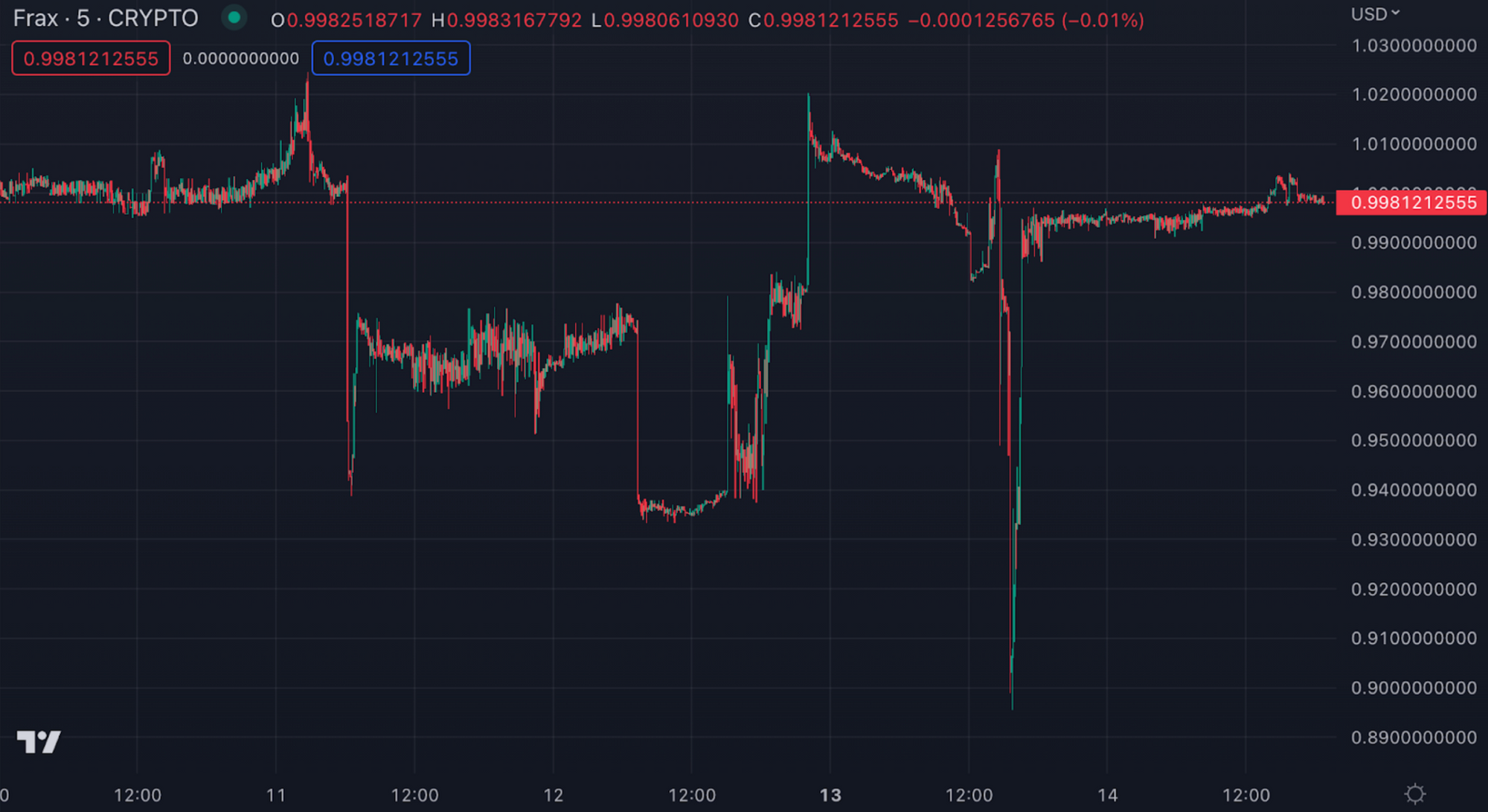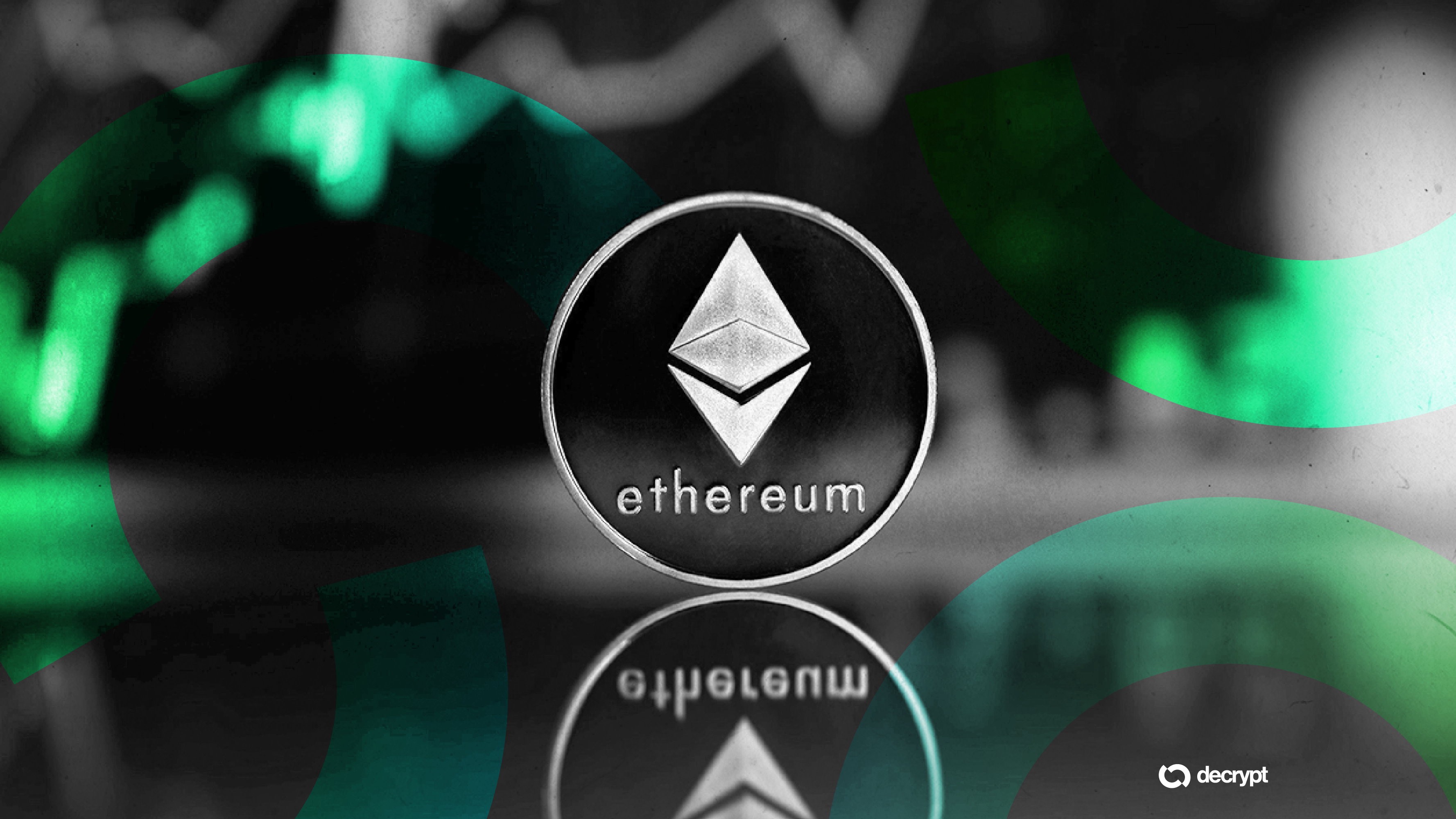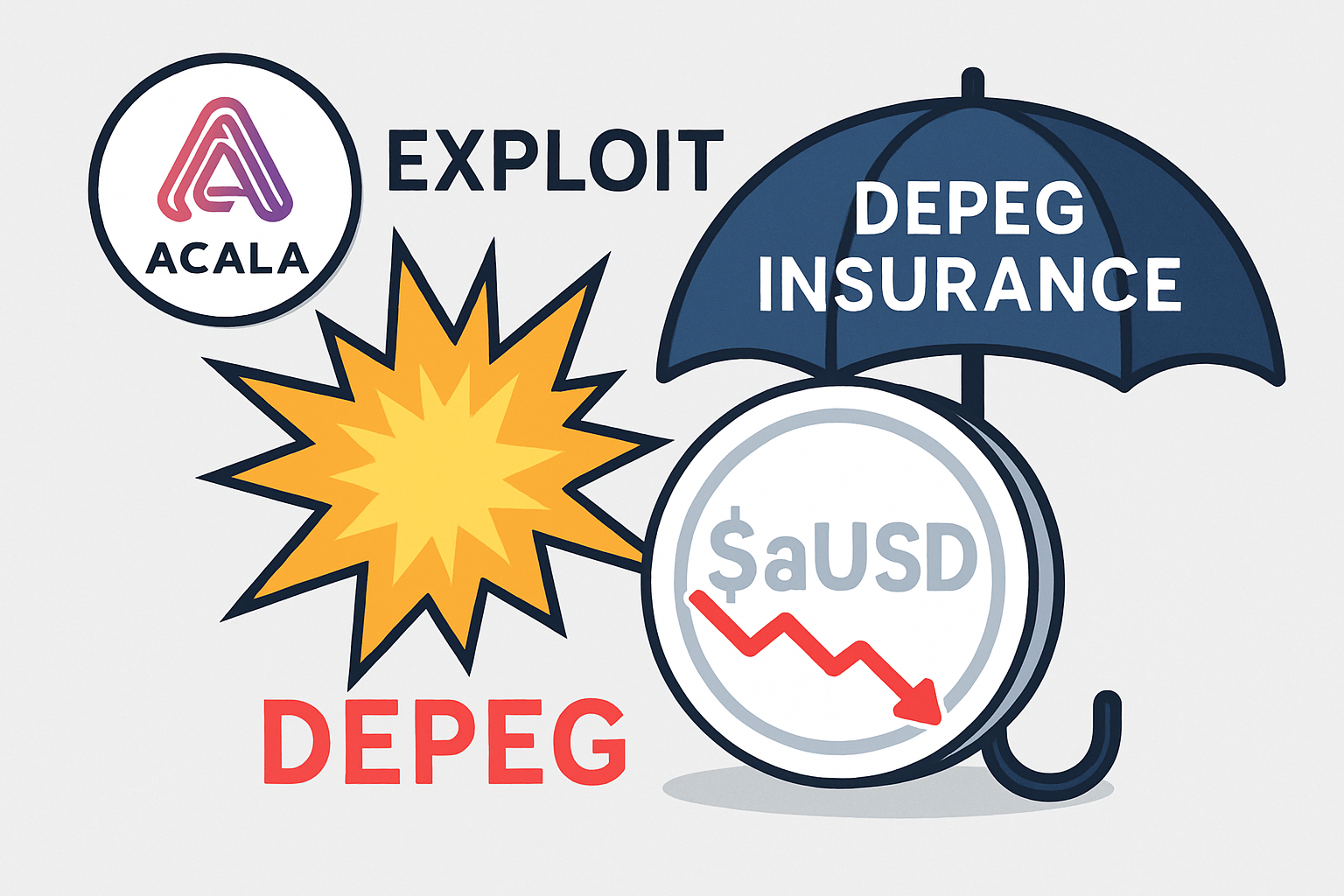
Stablecoins are the backbone of decentralized finance, promising the stability of the dollar with the flexibility of crypto. Yet, as recent events reveal, even the most trusted stablecoins can lose their peg, putting billions at risk. Understanding why these depegs happen, and how DeFi insurance steps in to protect users, has never been more crucial for anyone holding digital dollars.
Why Do Stablecoins Lose Their Peg? Key Risks in Focus
Despite their design to maintain a 1: 1 value with assets like the US dollar, stablecoins are not immune to shocks. The two biggest culprits behind depegging are liquidity crises and protocol exploits. Let’s examine each through real-world case studies that reshaped the DeFi landscape.
Liquidity Crisis: The USDC-Silicon Valley Bank Event
One of the most dramatic recent examples occurred in March 2023, when USDC, a leading stablecoin, briefly lost its peg following the collapse of Silicon Valley Bank (SVB). Circle, the issuer of USDC, had $3.3 billion in reserves tied up at SVB. As news broke, panic withdrawals surged and liquidity on exchanges dried up. For a tense window, USDC traded as low as $0.88, far below its intended $1 value (though it has since returned to $1.00 as per current market data).
This event underscored how even well-collateralized stablecoins can falter if reserve access is compromised or market confidence evaporates. Investors who thought they were shielded from volatility suddenly faced real losses.
Protocol Exploits: The Acala aUSD Collapse
If liquidity crises expose centralized vulnerabilities, protocol exploits target DeFi’s code itself. In November 2022, Acala’s network suffered a critical exploit that allowed attackers to over-mint its aUSD stablecoin. The result was catastrophic: aUSD crashed by over 99%, obliterating its peg and user trust almost overnight.
This kind of failure isn’t theoretical, it’s happened before and will happen again as smart contract complexity grows. For those relying on algorithmic or protocol-backed stablecoins, code risk is ever-present.
Top Reasons Stablecoins Depeg (With Real Examples)
-

Liquidity Crisis: In June 2023, USDC briefly lost its dollar peg after the collapse of Silicon Valley Bank, where Circle (the issuer) held a portion of USDC reserves. Panic withdrawals and insufficient liquidity on exchanges caused USDC to trade as low as $0.88 before recovering. DeFi insurance products like Etherisc’s USDC Depeg Protection now offer automatic payouts if USDC falls below $0.995 for over 24 hours, directly mitigating user losses in such events.
-

Protocol Exploits or Smart Contract Failures: In November 2022, the Acala network suffered a protocol exploit that resulted in the over-minting of its aUSD stablecoin, causing it to depeg and crash over 99% from its intended $1 value. DeFi insurance platforms provide stablecoin depeg cover, allowing users to hedge against losses from similar exploits by compensating them if the stablecoin price remains below a specified threshold.
How DeFi Insurance Shields You from Stablecoin Depegs
The unpredictability of these events has given rise to innovative DeFi insurance products designed specifically for stablecoin holders. Platforms like Etherisc have launched USDC Stablecoin Depeg Protection, which automatically pays out if USDC falls below $0.995 and doesn’t recover within 24 hours, a direct response to crises like SVB’s collapse.
Similarly, several decentralized insurance protocols now offer stablecoin depeg cover. These products compensate users if their chosen stablecoin dips below a set threshold due to exploits or systemic failures, exactly what would have protected Acala users during the aUSD debacle.
The Mechanics Behind Stablecoin Depeg Protection
Unlike traditional insurance models bogged down by paperwork and intermediaries, DeFi insurance leverages smart contracts for transparency and speed. When predefined conditions are met, such as a sustained drop below $0.995 for USDC, the payout is triggered automatically. This removes subjective claims processes and provides immediate relief when markets are in turmoil.
If you’re considering how these protections work or want deeper insights into coverage mechanics, check out our comprehensive guide at How Stablecoin Depeg Insurance Works: A Guide for DeFi Users.
What sets DeFi insurance apart is its programmable, on-chain nature. Policies are written as smart contracts that interact directly with price oracles and stablecoin protocols, ensuring that claims are settled based on transparent, verifiable data, not subjective human judgment. This means that in a moment of crisis, such as the USDC-SVB event or the Acala exploit, affected users can receive compensation almost instantly if their policy conditions are met.
Automatic Payouts: A New Standard for Risk Mitigation
For example, Etherisc’s USDC Depeg Protection is a template for how automated payouts work. If USDC drops below $0.995 and stays there for 24 hours, the smart contract automatically disburses funds to policyholders, no paperwork required. This removes delays and uncertainty at precisely the moments when traditional insurance would be bogged down by bureaucracy.
Other DeFi insurers now offer similar coverage for protocol exploits and smart contract failures. Users can purchase depeg cover on platforms that monitor price feeds: if a stablecoin like aUSD collapses due to an exploit and fails to recover its $1 peg within a specified window, the policy triggers an automatic payout. This approach not only protects against direct losses but also helps restore confidence in DeFi ecosystems after major shocks.

Stablecoin Depeg Case Studies: Lessons for Smart Investors
If you’re holding stablecoins or building protocols that rely on them, these case studies aren’t just cautionary tales, they’re blueprints for risk management. Let’s recap the key takeaways:
- Liquidity Crisis (USDC-SVB): Even robust fiat-backed coins can face sudden liquidity crunches if reserves become inaccessible. Insurance products like Etherisc’s USDC protection provide a safety net when panic selling erupts.
- Protocol Exploits (Acala aUSD): Algorithmic and protocol-native coins are exposed to code risks. Smart contract insurance allows users to hedge against catastrophic failures from unforeseen exploits.
The current market price for Polygon Bridged USDT (Polygon) remains steady at $1.00, highlighting how stability is possible, but never guaranteed, in this rapidly evolving space.
Choosing the Right Stablecoin Insurance Solution
The growth of specialized insurance products brings new responsibility: users must assess which providers offer credible protection and transparent terms. Look for platforms with proven track records, clear payout conditions, and decentralized claims processes powered by smart contracts.
Top Features to Look for in Stablecoin Depeg Insurance
-

Liquidity Crisis: In June 2023, USDC briefly lost its dollar peg after the collapse of Silicon Valley Bank, where Circle (the issuer) held a portion of USDC reserves. Panic withdrawals and insufficient liquidity on exchanges caused USDC to trade as low as $0.88 before recovering. DeFi insurance products like Etherisc’s USDC Depeg Protection now offer automatic payouts if USDC falls below $0.995 for over 24 hours, directly mitigating user losses in such events.
-

Protocol Exploits or Smart Contract Failures: In November 2022, the Acala network suffered a protocol exploit that resulted in the over-minting of its aUSD stablecoin, causing it to depeg and crash over 99% from its intended $1 value. DeFi insurance platforms provide stablecoin depeg cover, allowing users to hedge against losses from similar exploits by compensating them if the stablecoin price remains below a specified threshold.
As DeFi matures, expect more protocols to integrate native insurance options, making risk mitigation as seamless as staking or swapping tokens. Until then, proactive users should consider dedicated policies as part of their core risk management toolkit.
If you want to dig deeper into how these protections work behind the scenes, including real-world claim examples and technical walkthroughs, visit our detailed guide at How Stablecoin Depeg Insurance Works: A Guide for DeFi Users.
The bottom line? In an environment where even $1-pegged assets can wobble under stress, knowledge, and coverage, is your best defense against uncertainty.






